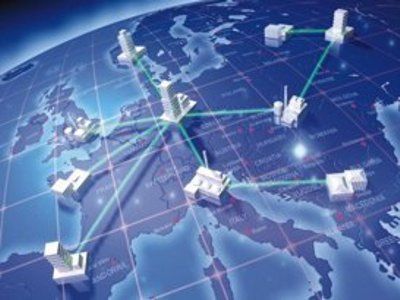
Over the last several years, a number of companies have undertaken a global instance consolidation. And it’s no wonder why– a global SAP consolidation presents opportunities for significantly reducing Total Cost of Ownership (TCO). However, this type of system consolidation also brings numerous change management issues to address.
As you embark on your consolidation, you will find that some major issues are easier to resolve, because the hard decisions around processes and scope were resolved during an initial implementation and production support process. On the other hand, you may also struggle to resolve conflicts about standardizing organization structures, business processes, and “sacred” developments. Each of these areas presents a point of possible conflict requiring cooperation, compromise, ownership, and change management.
To reduce the amount of customizing, shorten the duration of the consolidation, and ensure needs are met with more standard functionality rather than ever-expanding lists of custom programs, you need to do the following:
- Take inventory of the implemented system landscape (modules implemented, external systems, interfaces, middleware, etc.)
- Inventory all custom-developed SAP programs or applications
- Inventory separately any custom fields and table extensions and their use
- Harmonize the organization structures
- Standardize business processes
- Both harmonize and standardize master data types and requirements
- Develop the sizing and new hardware requirements for the consolidated environment
While I am generally opposed to “As-Is” process mapping (see How “As-Is” Process Mapping Can Damage Your SAP Project), you do need it from a scope perspective. In other words, to do a system consolidation correctly, you need an inventory of the existing systems.
The successful companies who can focus on moving away from custom coded solutions will find their TCO reduced and overall application maintenance easier.
Prototyping Possibilities After SAP Global Instance Evaluation
You have some great places to start with analysis on how to integrate the different systems. Generally, I am a big advocate of using the SAP IDES system that is available to all SAP customers for evaluation. It serves as a great platform to review standard SAP options that have not been dirtied by custom-coded solutions.
SAP IDES stands for “Internet Demo and Evaluation System” and can be used like other SAP applications. However, it does not allow for transports to other systems and should only be used for evaluation reasons. This explanation from a recent SAP OSS Note explains the SAP IDES use, and some of the summary information is provided here (see Note 799639 – IDES – General Information about the usage of IDES systems):
IDES demo systems and IDES demo landscapes are copies of SAP internal demo systems with the data of the IDES model company in several clients. The IDES systems can support demos, functional and tests, self-study or functional evaluation based on the preconfigured data/clients. IDES must not be used in production!
The IDES systems do not contain training data that are used in the SAP training courses.
Customer training etc. based on the IDES systems are not supported.
Client transports are not available.
Standard SAP Support Packages can be applied to the IDES systems.
From the technical point of view Enhancement Packages can be implemented into IDES systems.
IDES should only be operated as a separate installation. Each new release requires a new installation!
We do not recommend to upgrade an existing IDES systems.
As an SAP customer, you need to read through this note, and other SAP OSS notes carefully.
I advocate here, and always have advocated, the use of the SAP IDES system as a reference model for evaluation of a totally standard application. This way, you have a great platform to evaluate future state differences in a possible upgrade situation from the perspective of a “clean” vanilla system. By using the IDES system, you bypass any custom-coded solutions and can see for yourself whether or not the newest solution will handle your issues. Additionally, you can quickly determine scope for what business processes you may wish to adopt while eliminating custom solutions or additional external systems.





